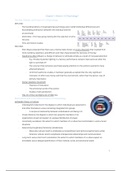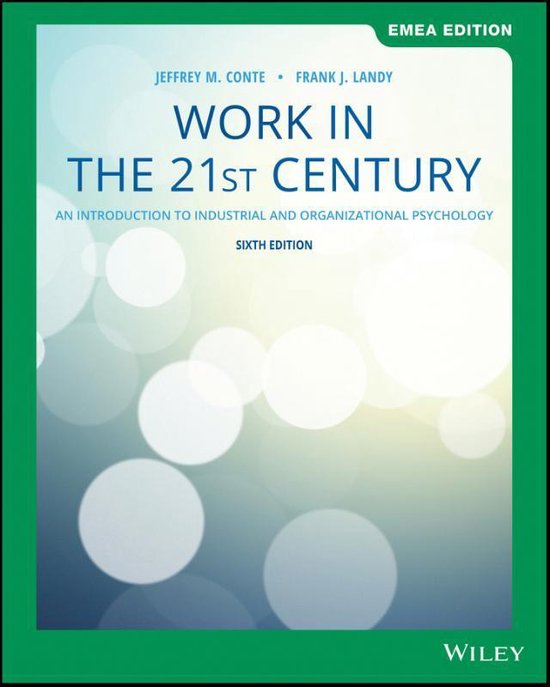Class notes
Work and Organizational Psychology//Work and Organizational Psychology (Free University) Course Notes - Year 2, Period 2
- Course
- Institution
- Book
Hi! Need help with your upcoming W&O Psychology exam? No problem! These notes include all of the relevant information necessary for your Work and Organizational Psychology (Interim 1) exam. Topics 1 through 5 are covered. Hope this helps! :)
[Show more]





